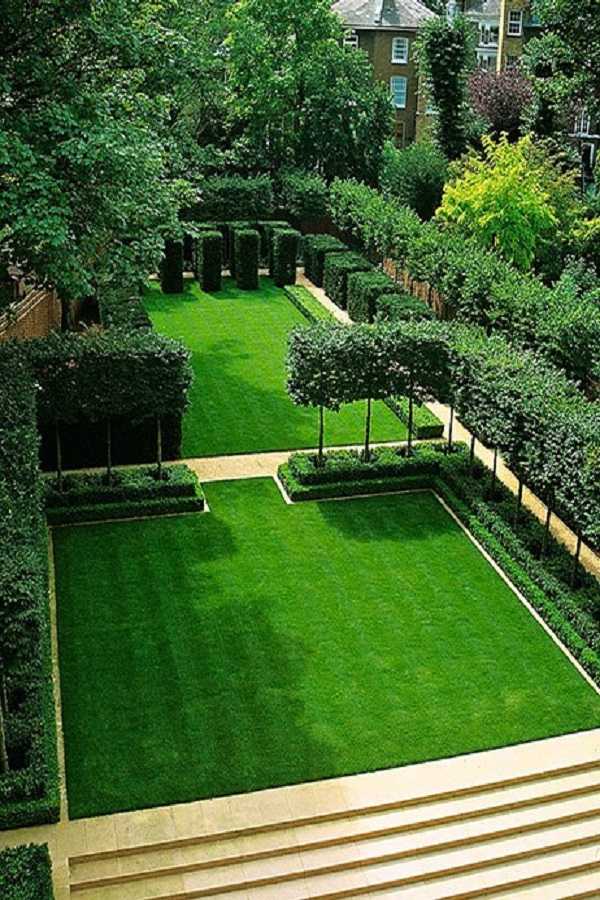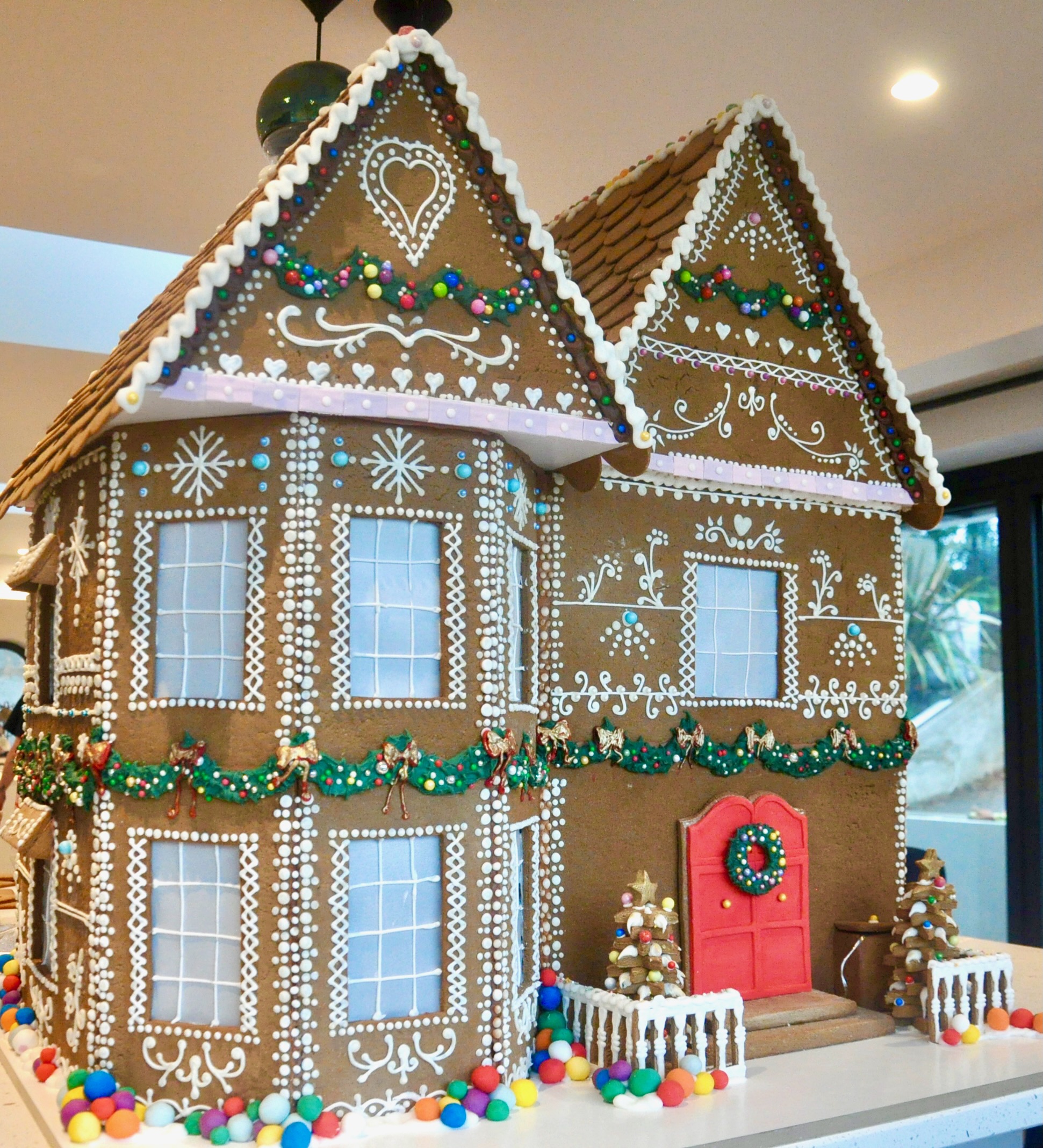Table Of Content

What structures or hardscapes are you happy with that can stay or be refurbished? These questions, plus others, will help you clarify exactly which elements are must-have items in your landscape design. Take time to observe your yard to determine how much sun and shade you get in each area during the day. If your plants and grass are often dry, you might want to think about installing an irrigation system. Wind is another consideration, especially if you are planning a firepit.
Choose Long-Lasting Blooms
Amy's work has been featured in publications like The Spruce, Family Handyman, Buzzfeed, Country Living Magazine and more. If you’re ready to choose your plants, this article shares some of my favorite ways to arrange plants in your garden beds. If you’re completely new to gardening, you may have a bit of studying to do before you can select the right plants for your space. I’d highly recommend reading my Beginner’s Guide to Flower Gardening before you choose your plants.
What to include in your site inventory:

Learn more about plants featured in this plan from this audio file from Scott, and learn more about the plants’ growth habits from this audio file from Scott. The following practices apply to plantings where some degree of control is desired. Bring your garden to life by weaving a winding stone path through your outdoor space. Not only do garden paths look gorgeous, but they provide a functional purpose too. They add dimension and structure, guide walkways, and protect delicate plants from being crushed.
Determine Plant Placement
This allows you to see the space from inside the house better than the first draft. Given the extreme conditions of the desert/hot climate, my approach will lean more towards components that are functional and provide utility, rather than aesthetics and form. I’d only create something ‘pretty’ once the design is basically finished and I was presenting it to others. Red notes are problems – mostly minor other than a sloped area that may cause problems for a wheelchair user (the focus of this design exploration). It may take some time to research or figure out things like shadows and slopes. It is time well spent, however, as it will result in some much better designs.
The Grow Native! Approach to Garden Design with Prairie Natives
Imagine hosting summer soirées on your raised patio, surrounded by the beauty of your garden. Cultivate your very own vegetable garden with raised beds. We love this patch of planting paradise – ready for growing all of your favourite fruit and vegetables. Use gravel to create a separation between the raised beds so you can easily tend to your crops and encourage them to thrive.

As the design evolved, it became clear that I’d need to include more paths to create flow in the space. This helps me to visualize how someone would move through the space. Once you have your measurements and site inventory, you’ll need to add any primary and secondary paths into your drawing. Once you know these conditions, you can plan and plant for peace and privacy. This is how you’ll get that “dream garden” space that you’ve always wanted. Because, let’s face it… no one wants to have a garden sanctuary where all you hear is road noise and the dining table is sitting out in the baking sun.
What's more, curved designs can make your garden feel larger by creating the illusion of depth, especially in smaller or more confined spaces. If you're constructing or repairing your patio, plan for a planting bed as part of the design. It'll help to define the space and make it feel more like an outdoor room. A good ratio to consider is to have about 1/3 of your landscape as softscape (like planting beds) while the other 2/3 remains “open” spaces, like lawn, patios and pathways.
Read our article for guidance on building a stone garden wall. When faced with Linda Lipsett's 30-by-90-foot plot, garden designer Chris Fischer got crafty with organization. These circles/bubbles for your features and focal points don’t need to be a perfect size or shape.
So when do you truly need complete, detailed landscape plans? Those moving into new homes, where the landscaping is virtually non-existent, need to have such landscape plans with which to work. Likewise, homeowners engaging in makeovers of existing landscapes that they consider obsolete will profit from the guidance offered by detailed landscape plans. In these cases, even if you have to pay a pro to come in and draw the landscape plan for you, it will be worth it.
Sometimes designing a small garden can be more difficult than designing a large one. Small gardens tend to have greater areas of shade, particularly if they're narrow. Also, you may run the risk of trying to cram too much into the space. Be inspired by our tips for designing a front garden, and browse our list of ideas for designing a courtyard.
Intricate patterns create an open feel, while light and shadow play through the cut-out design – breathing modern charm in your garden. This technique creates depth, interest, and harmony by arranging plants and features in distinct layers. Create unique front yard or backyard landscape designs with Cedreo. It’s easy to change elements of any plan, which means you don’t need to start with a blank slate every time. 3D landscape designs aren’t static images, so you can rotate them, view them from ground level or eye level, and from above. 3D landscape renderings help landscape architects show clients how the finished project will look.
13 Best Free Home Design Software in 2024 - G2
13 Best Free Home Design Software in 2024.
Posted: Thu, 08 Feb 2024 08:00:00 GMT [source]
Hardscape elements are non-living items such as rocks, walls, patios, arbors, or water features. Softscape refers to the living elements, such as gardens, lawns, shrubs, and trees. A base map involves adding sketches to your notes so you can see what's there and generate new ideas for the best options. It's a low-cost way to explore possibilities and prevent costly mistakes. You can create a base map for your landscape layout on paper or your computer with an online program or downloadable application.
I try to make them the “general” size that they would be in real life. As you can see, they’re drawn not just from ‘side-of-the-house’ examples, but from a few different images. The final one shows how some simple screens can create some intrigue by blocking your view into little pockets of space. One is visually hiding the utility units down the side while still maintaining access. Another is the neighbouring oversight from their kitchen window. A third problem is the space is shaded in the afternoon – affecting plant choices.












